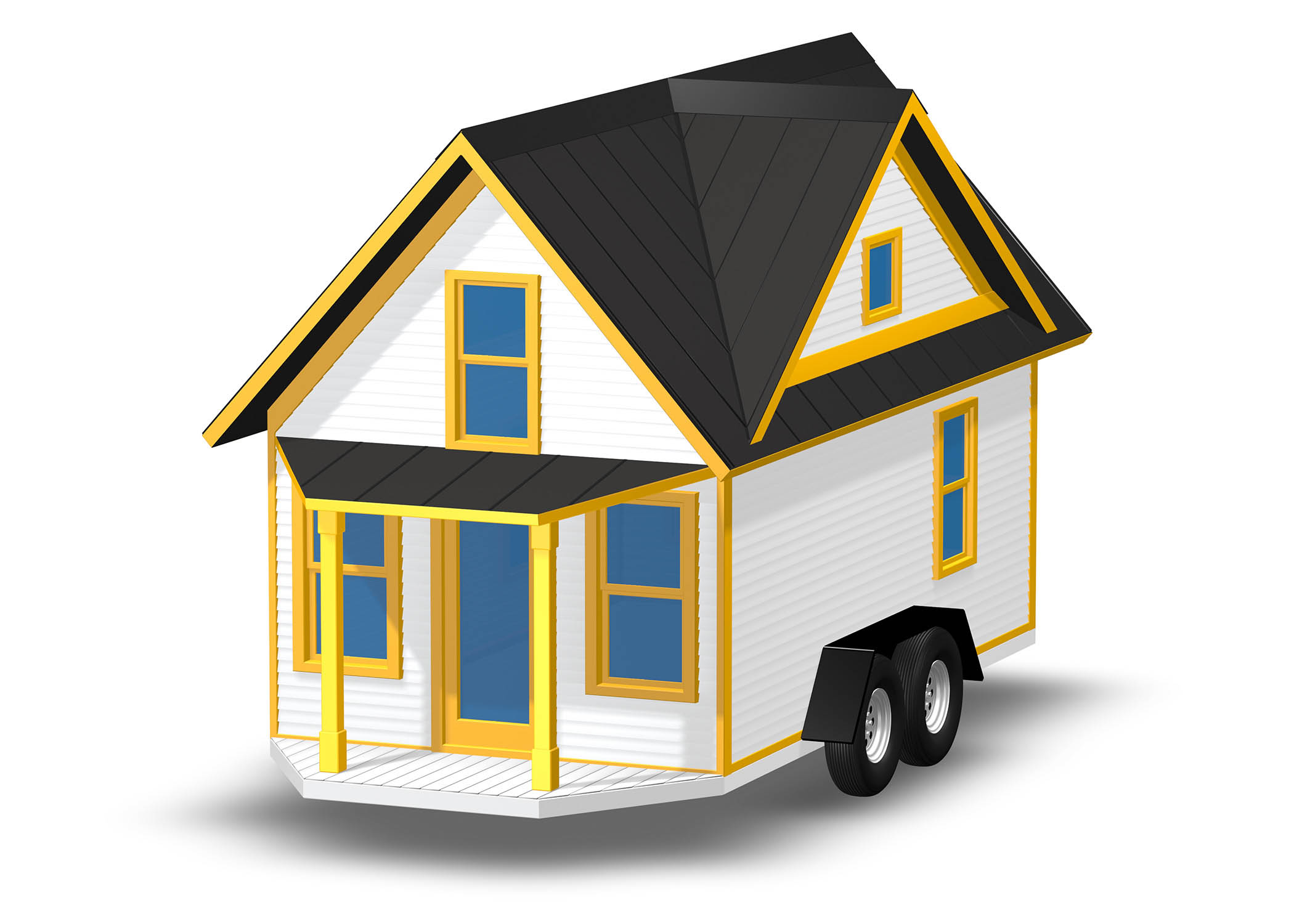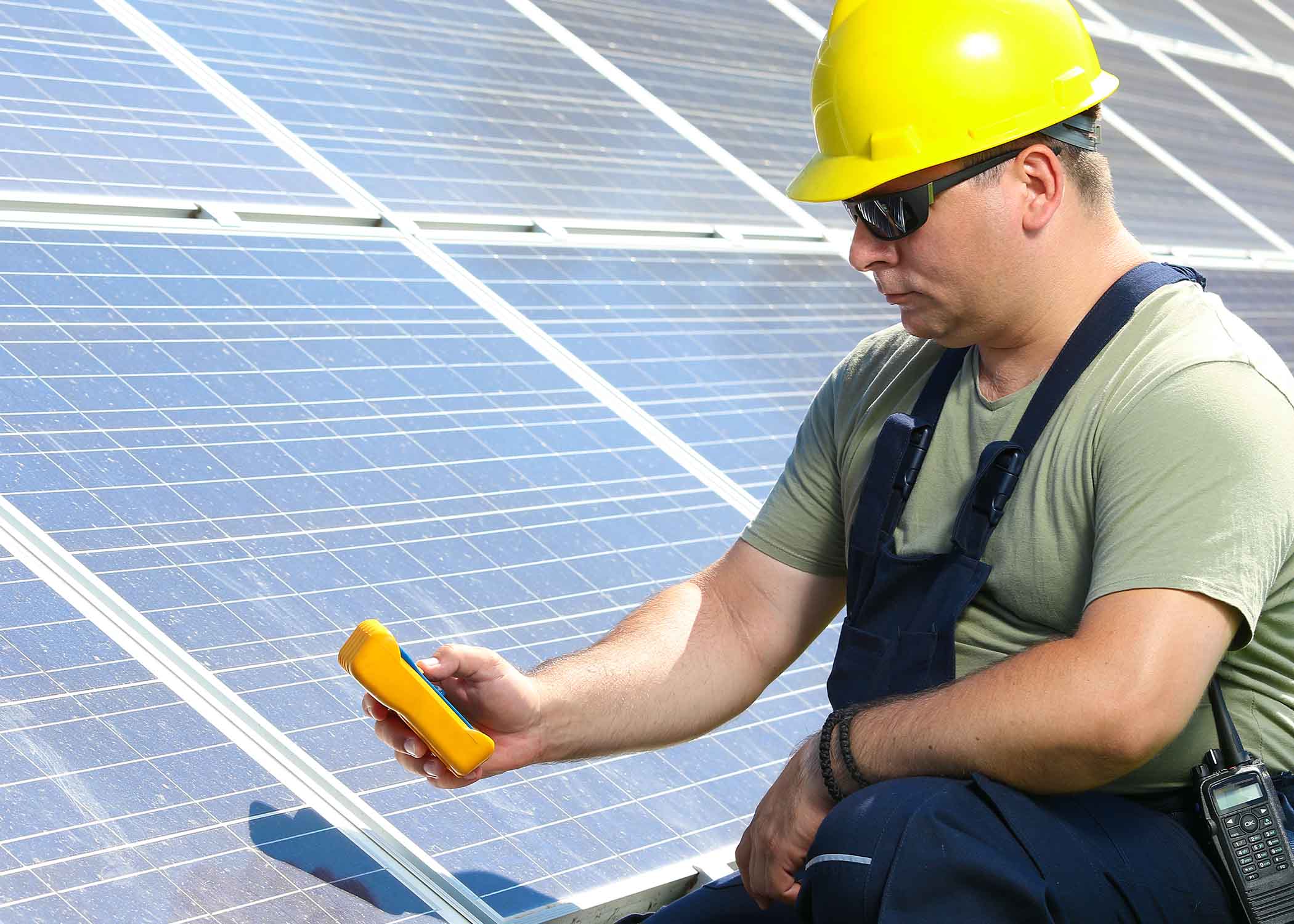For decades, solar installations served as add-on features that homeowners pursued after purchasing their homes.
However, government regulations and consumer demand have made solar a crucial component of the real estate market and even building code compliance.
California, for instance, sought to reduce dependence on the stressed grid by making solar panels mandatory for new-construction homes.
As a builder, what solar options for homes can you offer your clients?
1. Small-Scale Solar
Installing solar on any property reduces the cost of homeownership over time.
However, not everyone who wants solar can afford a complete installation right away.
You could offer smaller-scale installation options that only add a few hundred or a few thousand dollars to the budget to get around this.
Consider the following small-scale solar options for homes:
- 12-volt lights powered by solar
- Electric gates powered by solar
- Water heaters powered by solar
- Air exchange or ventilation systems powered by solar
2. Panels and Net Metering
If you build large developments, confirm whether the power company serving the area that currently offers net metering.
Negotiate with the company to change that if the answer is no.
Then, build homes with solar panels that are still tied to the grid so that homeowners can take advantage of net metering.
Most homes that rely on net metering do not have battery installations.
Battery banks make up a large portion of a total solar installation budget, so providing only solar panels and net metering opportunities can go a long way toward reducing costs.
Homeowners can continually expand their system or add battery banks later.
3. Panels and Emergency Backup
When the chosen solar options for homes do not include batteries, so does the house if the grid loses power at night or during poor weather conditions.
Consequently, adding battery storage ranks high on many homeowners’ lists.
Some people worry that installing batteries makes it impossible to take advantage of net metering.
However, once the batteries reach full capacity, the system will again have excess energy to route back to the grid.
When creating an emergency backup system, consider real-world usage.
Here are some critical questions to answer:
- What are the most crucial components in the home to include on the backup grid?
- How often does the area experience blackouts that necessitate solar options for homes?
- What is the frequency of threats from severe weather, such as wildfires, earthquakes or hurricanes?
- How energy-efficient is the home and how much energy will it pull from the batteries?
- What is the goal for how long the system can stay off-grid, factoring in the potential for poor weather conditions during the daytime that reduce performance?
4. Fully Off-Grid Models
Taking a regular house entirely off-grid can save the owners thousands or more in the lifetime of ownership, but it costs a lot upfront.
Consequently, this end of the spectrum on solar options for homes may primarily appeal to wealthy people looking to build homes in remote areas where connecting to the grid is not always guaranteed.
A more cost-effective and widely appealing option involves building smaller homes that use passive heating and cooling and feature energy-efficient appliances.
It is not uncommon for homeowners to want full off-grid capabilities while remaining tied to the grid as a backup.
5. Solar Plus Other Sustainable Sources
Solar is the primary source of green energy that most homeowners and builders think of, but other options are to consider.
For instance, homeowners often lament the difficulty of running their air conditioning units on solar when installing solar in a home.
Builders can complement solar with geothermal energy for heating and cooling to get around this concern.
Once this power-hungry concern is out of the way, the feasibility of running a home entirely off-grid increases.
Here are additional sources of sustainable energy or cleaner fuel sources worth pairing with solar options for homes:
- Cooking with biogas from composting piles for homebuyers willing to put in the work
- Cooking with natural gas or propane for homebuyers who prefer the convenience
- Leveraging hydro-power from powerful, nearby water sources
- Leveraging wind power in areas that experience high winds
6. Community Solar Options for Homes
Whether you develop communities or build one-off homes, pitching community solar is still an option.
You may discover an empty lot that you can convince homeowners to convert into a small solar farm.
In some cases, one individual might have a larger lot than others.
This person can lease or sell that area of the property to create a solar farm. In some cases, you may need to negotiate with an existing HOA body.
Community solar options for homes significantly reduce the per-unit cost of solar installation, and homeowners can gradually expand a system as their budget allows.
In some cases, homeowners can even invite a third party into the community to create the solar farm from which they will continue to benefit.
Community solar is also more portable. Homeowners who move to a different home on the grid can often continue to benefit from their subscriptions.
7. Solar-Ready Homes
All around the world, RV manufacturers are creating solar-ready recreational vehicles.
These do not have solar installed, but they are pre-wired to make it easy to plug and play if buyers decide to install solar.
Builders can use this same concept to create homes that simplify the cost of adding solar later.
Builders can connect homeowners to companies like Unbound Solar that invest in helping homeowners achieve energy independence with or without hiring professional installers.
Considering the growth in DIY culture and the DIY market, many homeowners may prefer this route to save money and better learn the inner workings of their homes.
Unbound Solar® Options for Homes
At Unbound Solar®, we are committed to helping homeowners generate their own power and disconnect from the grid.
We collaborate with builders under our Builder Partnership Program to identify solar options for homes, design the solar array, then ship it with installation instructions.
Our team stands ready to provide installation training and support as needed.
Contact us to see how we can work together!



